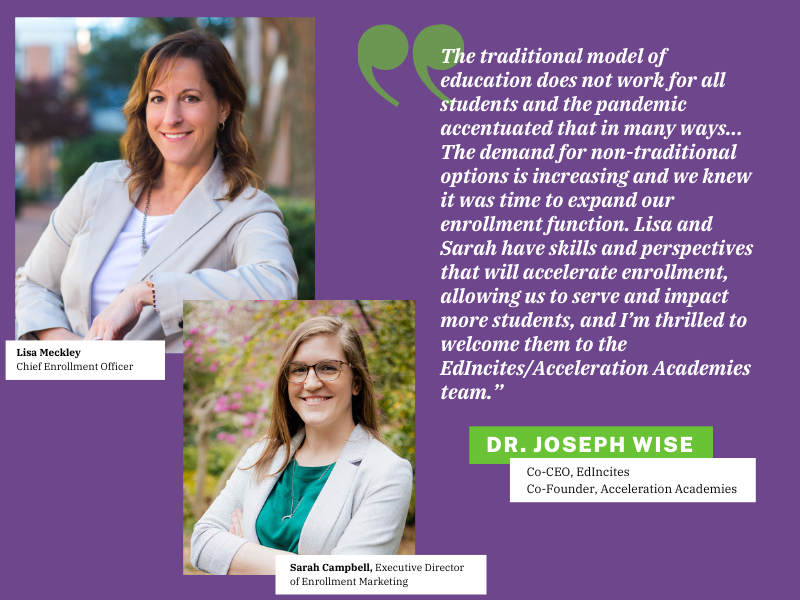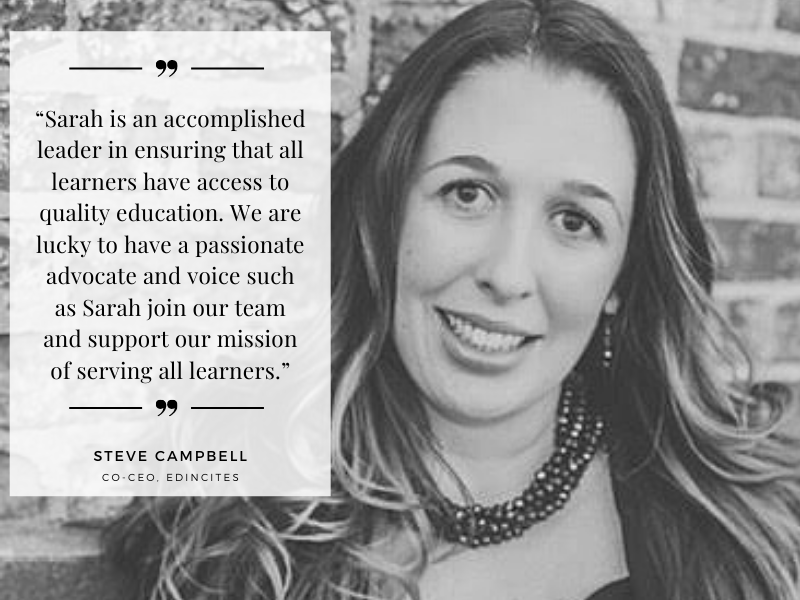Many thanks to Eric Schneider, Chief Academic Officer at Acceleration Academies, for this guest post
A year into the Covid pandemic—with a vaccine roll-out under way and the holiday surge behind us—many school leaders, educators and parents are wondering when things will feel normal again. Ultimately, districts imagining a “return to normal” post-Covid will soon find that the world has permanently changed. In other words, the genie won’t be going back into the bottle anytime soon. Fortunately, innovative school leaders already recognize the elements of opportunity buried beneath the wreckage of the pandemic.
In spite of the challenges of the last year, something amazing happened during the pandemic: an industry that has traditionally resisted innovation and feared technology has been pushed forward. Teachers who would never have imagined themselves teaching their students online suddenly found themselves doing just that. There is little doubt that the traditional workplace will not be the same after Covid. In fact, a recent study from the Pew Research Center found that 60% of all remote workers said they would prefer to continue working remotely, even after Covid. It’s not just employees who are seeing the benefits of remote work. Employers are seeing reduced office-space overhead, increased employee morale, reduced travel budgets, and increased productivity, just to name a few of the benefits. So, how will this innovative new workforce disrupt K12 education, the one industry that has traditionally resisted innovation?
Educators have done a tremendous job adapting during Covid and providing a flexible menu of options for families. With a new level of empowerment, why wouldn’t families expect this menu of options to still exist after the pandemic is under control? Why wouldn’t schools be able to continue offering remote, in-person, and hybrid options – all at the same time? And going forward, why wouldn’t families expect to see those options improving incrementally, as they have since the lockdown began? Imagine the school leader who informs parents that these options – which has in many cases amazed and impressed families with the Herculean efforts of teachers and school leaders – would no longer be available. How might that message be received? And why wouldn’t those families start looking elsewhere now that they know the value and the power of flexibility and choice?
This is why we say that the genie isn’t going back into the bottle. The expectations and the available options have forever changed. To remain relevant in the post-Covid educational landscape, district leaders will need to develop strategies that maintain these options and flexibility for teachers, students and parents. This is the new normal. Now is the time for a new strategic direction in K12 education, and innovative leaders are already seizing the opportunity!
If you’d like to talk with EdIncites about making this a reality for your district, contact us today.



